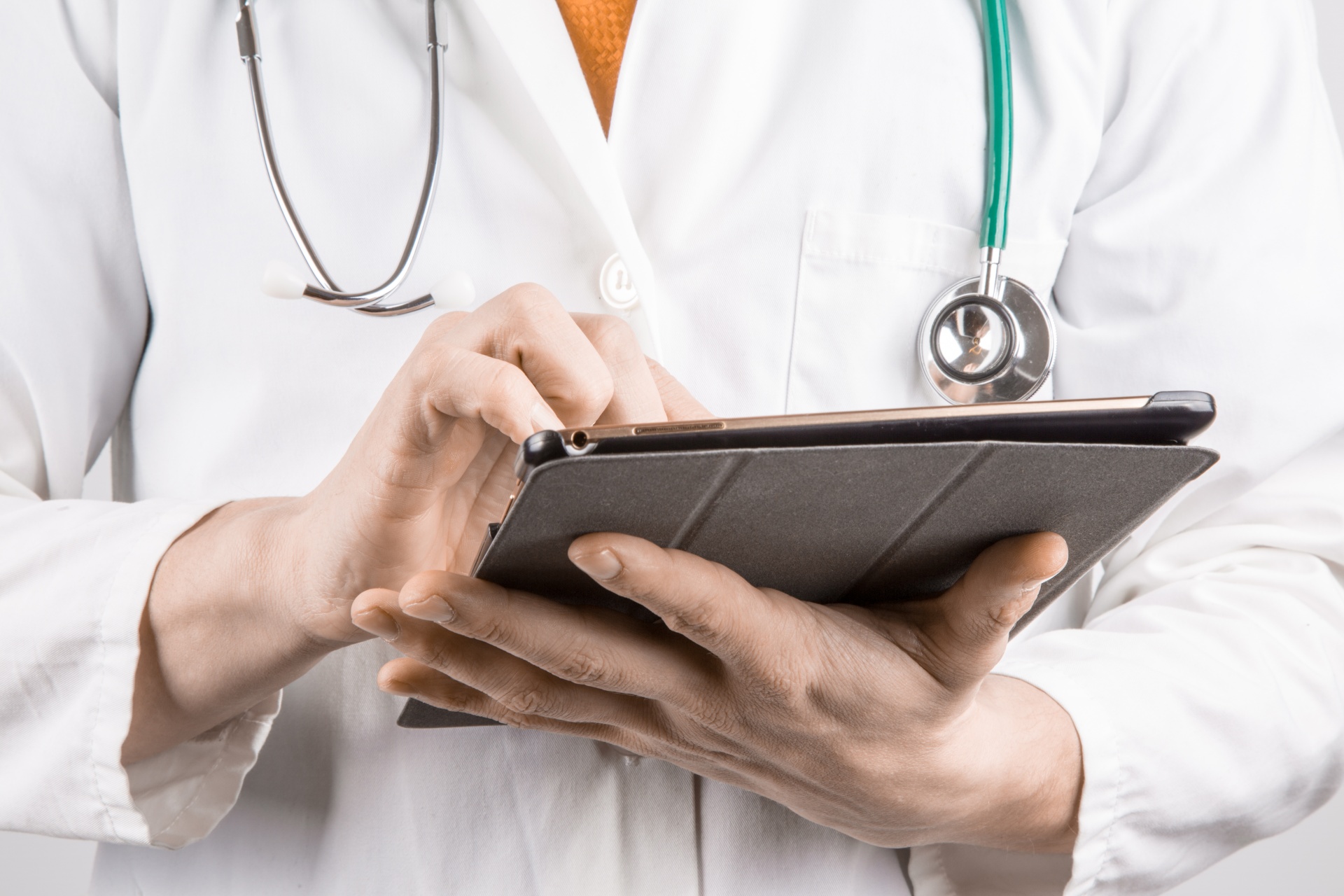HIV Post Exposure Prophylaxis
If you have possible an individual has been confronted with the HIV infection that develops into AIDS, an antiretroviral can be acquired called Postexposure Prophylaxis or "PEP ".This treatment is designed to prevent the actual infection of HIV from taking place.
Many make use of this if they have been personally put through the virus, but there are numerous individuals that use the HIV Post Exposure Prophylaxis Postexposure Prophylaxis in a precautionary manner. This usually occurs in a occupational setting. Since individuals that work in healthcare facilities are consistently confronted with individuals that will have HIV, more and more facilities are starting to create this treatment mandatory.
If someone is confronted with HIV, the Postexposure Prophylaxis is a sound way to preventing a tougher health issue to arise. For individuals which can be put through body fluids from a possible AIDS patient, there are certain guidelines that should be followed. First, the fluids should be taken off your body the moment possible.

The region should be cleaned with rubbing alcohol as quickly as possible. If another individual is bleeding, the area should be cleaned and immediately bandaged to be able to successfully limit the total amount of fluids that people and objects in the area are subjected to.
Data received from studies surrounding Postexposure Prophylaxis have indicated that if this sort of treatment is administered within a period of three days after potential exposure, it might successfully combat the possibility that the virus will settle to the body.
While there are numerous different treatments available today that successfully treat the outward symptoms associated with AIDS and HIV, there's no 100% preventive measure apart from following the basic preventive measures such as refraining from sex, avoiding substance abuse that involves needles and sharing objects that will contain traces of human body fluids.
